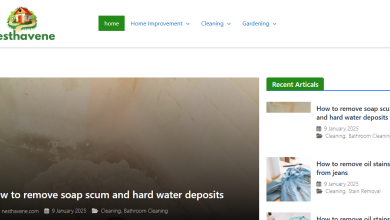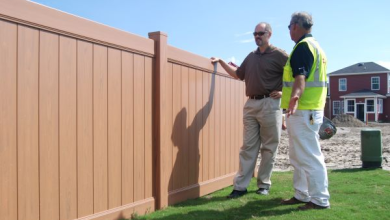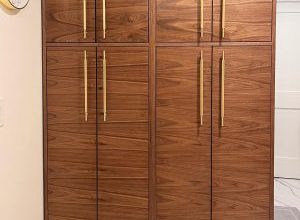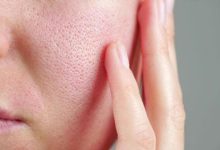5 Signs Your Home Needs Mold Remediation
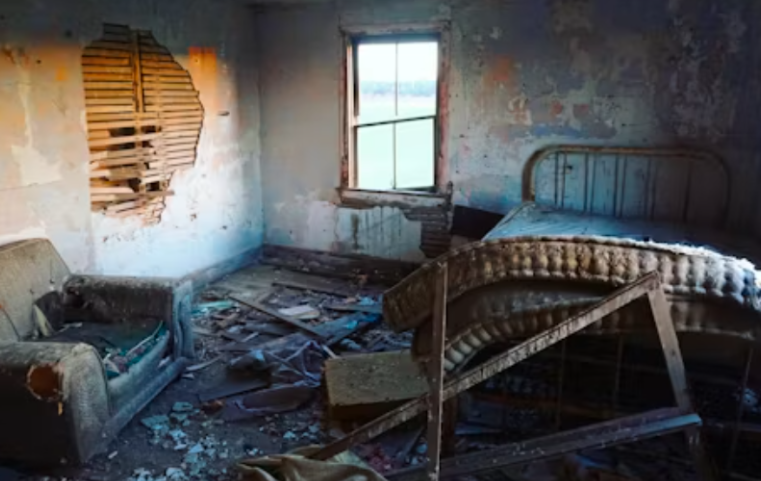
Mold can be a hidden threat in many homes, often developing in areas that are not immediately visible. While it’s easy to dismiss mold as a minor nuisance, it can lead to serious health issues and significant damage to your property if left untreated.
Recognizing the signs that your home needs mold remediation is crucial to addressing the problem before it escalates. Here are five key indicators that your home may require professional mold remediation.
1. Visible Mold Growth
One of the most obvious signs that mold remediation is needed is visible mold growth. Mold can appear in various colors, including black, green, white, or even pink, and can manifest as patches or spots on walls, ceilings, floors, and other surfaces.
Common areas where mold might appear include damp or water-damaged spots, around windows, and in corners of rooms. If you notice any moldy spots or discoloration on surfaces, it’s important to take action promptly. Ignoring visible mold can lead to its spread and worsening of the problem.
2. Musty Odors
A musty or earthy odor in your home is a telltale sign that mold might be present. Mold emits a distinctive smell that can often be detected before any visual signs are apparent.
If you notice a persistent musty smell, especially in areas with high humidity or water damage, it’s a strong indication that mold growth is occurring. This odor is not only unpleasant but also a sign that there could be a significant mold problem lurking behind walls or other concealed areas.
3. Water Damage and Leaks
Water damage and leaks are common contributors to mold growth. If you have experienced recent water damage from leaks, flooding, or plumbing issues, there is an increased risk of mold developing.
Stains, discoloration, or peeling paint on walls and ceilings can be signs that water has infiltrated these areas, creating a conducive environment for mold. Even if the visible damage has been repaired, the underlying moisture could still be present, leading to mold issues if not properly addressed.
4. Health Symptoms and Allergic Reactions
Mold exposure can lead to various health symptoms, particularly for individuals with respiratory conditions, allergies, or compromised immune systems. Common symptoms include coughing, sneezing, itchy or watery eyes, skin rashes, and sinus congestion.
If you or your family members experience unexplained health issues that seem to worsen when you are at home, mold could be a contributing factor. Persistent health problems that improve when you are away from the home may indicate a mold issue that needs professional remediation.
5. High Humidity Levels
High humidity levels in your home can create an ideal environment for mold growth. If you notice that indoor humidity levels are consistently high, especially in areas like basements, bathrooms, or kitchens, it may be a sign that mold is developing.
Using a hygrometer to measure indoor humidity can help you determine if levels are above the recommended range of 30-50%. Addressing humidity issues through proper ventilation, dehumidifiers, and regular maintenance can help prevent mold growth and mitigate existing problems.
